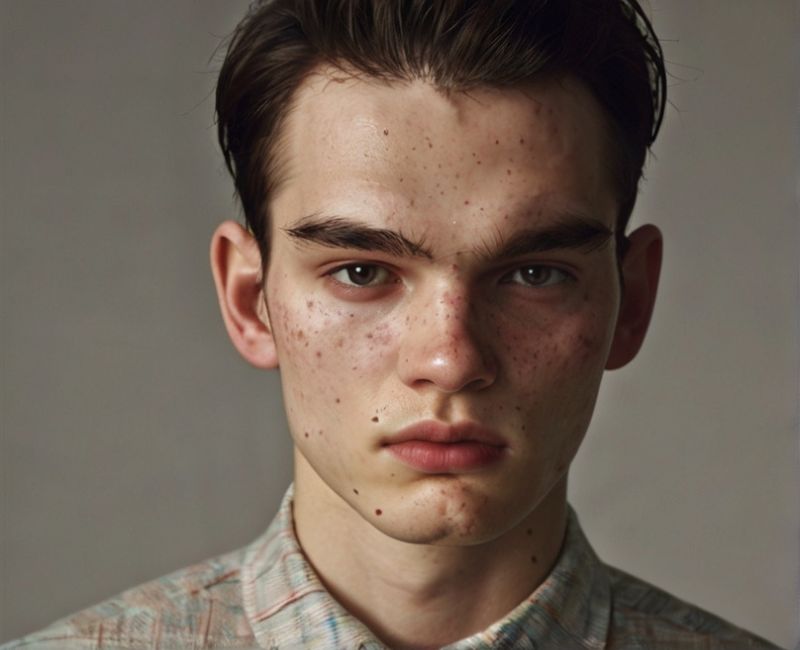Acne is a common skin condition that affects people of all ages.
Whether you’re a teenager or an adult, dealing with acne can be frustrating and have a negative impact on your self-esteem.
But fear not! In this blog post, we will explore the different types of acne and share some effective ways to treat them. So let’s dive right in!
Understand Types of Acne:
1. Whiteheads and Blackheads
Whiteheads and blackheads are two types of acne that occur when hair follicles get clogged with dead skin cells, oil, and bacteria.
Whiteheads are closed comedones that appear as small, white bumps on the skin.
Blackheads, on the other hand, are open comedones that have a black or dark appearance due to oxidation.
To treat whiteheads and blackheads, it’s essential to keep your skin clean and free from excess oil.
Wash your face twice a day with a gentle cleanser and avoid scrubbing too harshly, as it can irritate your skin.
Use non-comedogenic products that won’t clog your pores, and consider using over-the-counter topical treatments containing benzoyl peroxide or salicylic acid to help unclog pores and reduce inflammation.
2. Papules and Pustules
Papules and pustules are commonly referred to as pimples. Papules are small, red bumps without a visible center of pus, while pustules are similar but have a white or yellowish center caused by a buildup of pus.
To treat papules and pustules, avoid squeezing or picking at them, as it can lead to further inflammation and scarring.
Instead, apply a spot treatment containing benzoyl peroxide or salicylic acid to reduce the swelling and kill bacteria. It’s also crucial to maintain a healthy skincare routine, including cleansing, moisturizing, and using non-comedogenic products.
3. Nodules and Cysts
Nodules and cysts are severe forms of acne that develop deep within the skin.
Nodules are large, solid, painful bumps, while cysts are similar but filled with pus. These types of acne can be stubborn and may take longer to heal.
It’s best to seek professional help from a dermatologist for nodules and cysts.
They may prescribe oral medications, such as antibiotics or isotretinoin, to reduce inflammation and control bacterial growth. Dermatologists can also perform procedures like cortisone injections or drainage to speed up the healing process.
Read More: How To Cure Dry Skin On Face Overnight
4. Hormonal Acne
Hormonal acne is often associated with hormonal fluctuations, especially during puberty, menstruation, pregnancy, or menopause. It usually appears as deep, painful cysts around the jawline, chin, and cheeks.
To manage hormonal acne, it’s essential to maintain a healthy lifestyle.
This includes getting regular exercise, managing stress levels, and eating a balanced diet.
Additionally, hormonal treatments like birth control pills or spironolactone may be prescribed by a healthcare professional to regulate hormone levels and control acne breakouts.
Remember, everyone’s skin is unique, and what works for one person may not work for another.
It’s crucial to be patient and consistent with your skincare routine.
If over-the-counter treatments don’t seem to be improving your acne or if it’s causing significant distress, consider consulting a dermatologist for personalized advice and treatment options.
So, understanding the different types of acne and how to treat them is the first step towards achieving clearer, healthier skin.
By adopting a gentle cleansing routine, using appropriate products, and seeking professional help when needed, you can effectively manage acne and boost your confidence.
Don’t let acne hold you back—embrace the journey to clearer skin and remember that you’re not alone in this battle!


